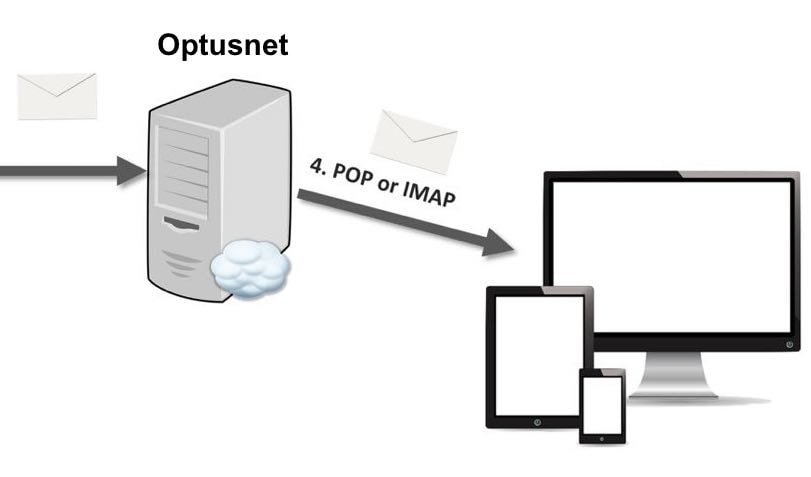Introduction
In the realm of education, the concept of study groups isn’t just limited to college or university students. Kids, too, can benefit immensely from collaborative learning experiences. This article explores the dynamics of kids study groups and provides valuable tips for organizing and managing them effectively.
Benefits of Study Groups for Kids
Before delving into the nitty-gritty of organizing study groups, it’s crucial to understand why they are beneficial for kids. Study groups offer various advantages:
Improved Understanding of Subjects: When children collaborate with peers, they gain diverse insights and explanations, enhancing their comprehension of subjects.
Enhanced Communication Skills: Study groups promote active discussions, which, in turn, help kids articulate their thoughts and ideas more effectively.
Building Confidence and Independence: Collaborative learning encourages kids to voice their opinions and make decisions, fostering self-confidence and independence.
Characteristics of an Effective Kids’ Study Group
Not all study groups are created equal. Here are some key characteristics of a successful kids’ study group:
Size of the Group: Keep the group small enough to facilitate meaningful interaction but large enough to bring diverse perspectives.
Complementary Skillsets and Strengths: A successful group should have members with varying strengths and weaknesses in different subjects.
Commitment and Accountability: Ensure that all group members are committed to regular meetings and accountable for their contributions.
Tips for Organizing a Successful Kids’ Study Group
Now, let’s delve into the essential tips for organizing and running a productive kids’ study group:
Selecting Compatible Group Members
Similar Academic Goals: Choose members with similar academic objectives to ensure alignment.
Balanced Mix of Strengths and Weaknesses: A group with diverse strengths can offer support in various subjects.
Setting Clear Goals and Objectives
Establishing a Regular Meeting Schedule: Determine the frequency and duration of study sessions.
Creating a Productive Study Environment: Choose a conducive location with adequate resources and materials.
Structuring Study Sessions
Planning the Agenda: Allocate time for each subject and include short breaks.
Rotating Leadership and Responsibilities: Assign roles, such as a facilitator or timekeeper, and encourage active participation.
Utilizing Technology and Resources
Online Tools for Collaboration and Note-sharing: Leverage digital platforms for seamless communication.
Supplementary Learning Materials: Access additional resources like textbooks, online tutorials, and educational apps.
Leveraging the “Explain Learning” Platform: Make the most of Explain Learning for a comprehensive study experience.
Handling Challenges and Conflicts
Addressing Different Learning Styles: Acknowledge and adapt to varying learning preferences.
Resolving Disagreements or Conflicts: Establish open communication and conflict resolution mechanisms.
Motivating and Maintaining Engagement: Keep the group motivated through challenges and setbacks.
Tracking Progress and Celebrating Achievements
Setting Milestones and Goals: Define clear milestones and celebrate achievements.
Recognizing Individual and Group Achievements: Acknowledge and appreciate the efforts of individual members and the group as a whole.
Providing Constructive Feedback: Offer constructive feedback to help members improve.
Conclusion
In conclusion, organizing a kids’ study group is a rewarding endeavor that can significantly enhance children’s learning experiences. It fosters a sense of collaboration, support, and mutual growth. By adhering to the tips outlined in this article, you can create a study group that helps kids excel academically and develop valuable skills for life. To further enhance the group’s learning experience, consider integrating Explain Learning, a platform designed for collaborative education.




